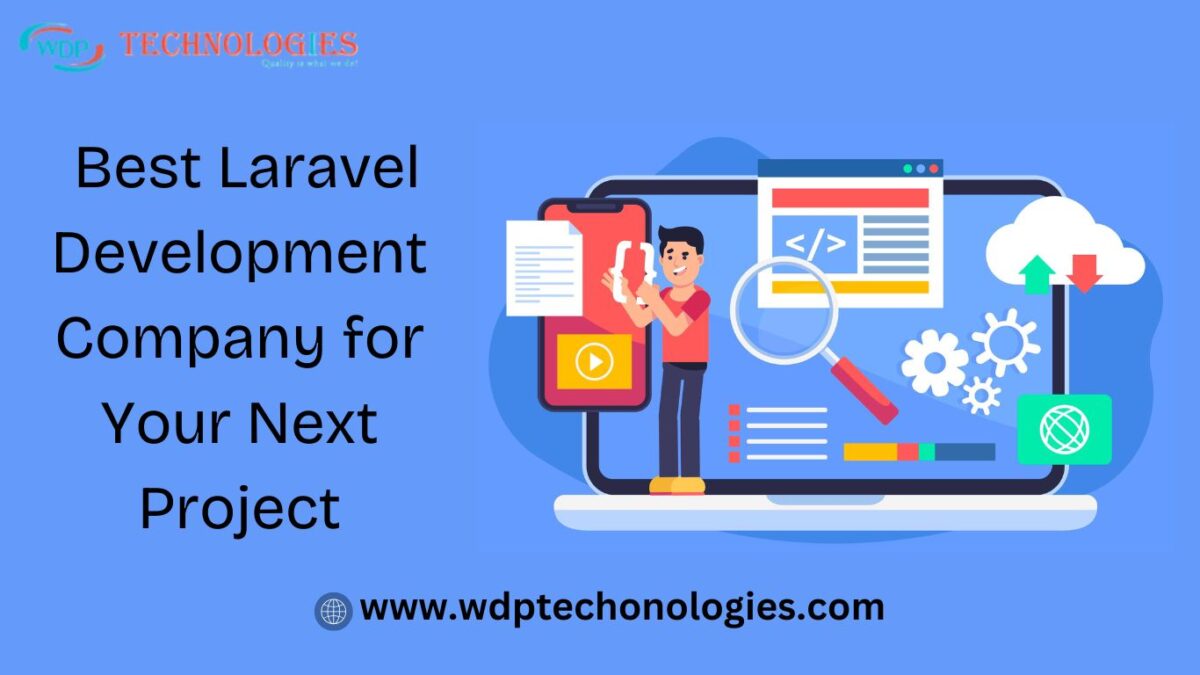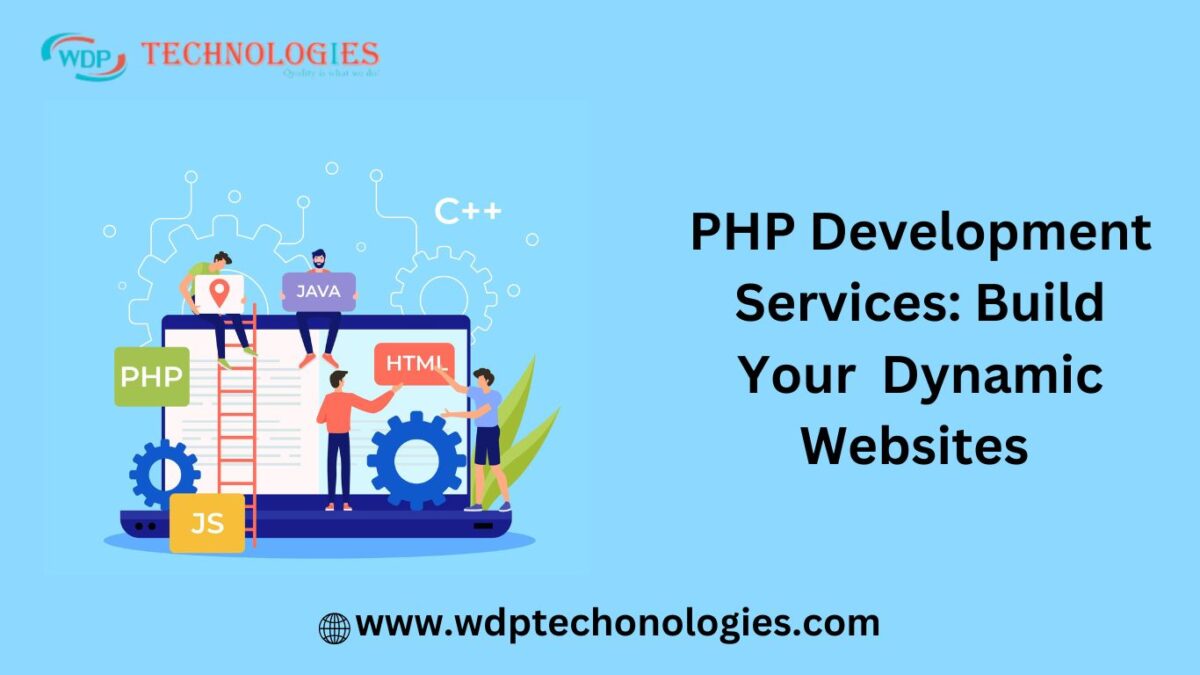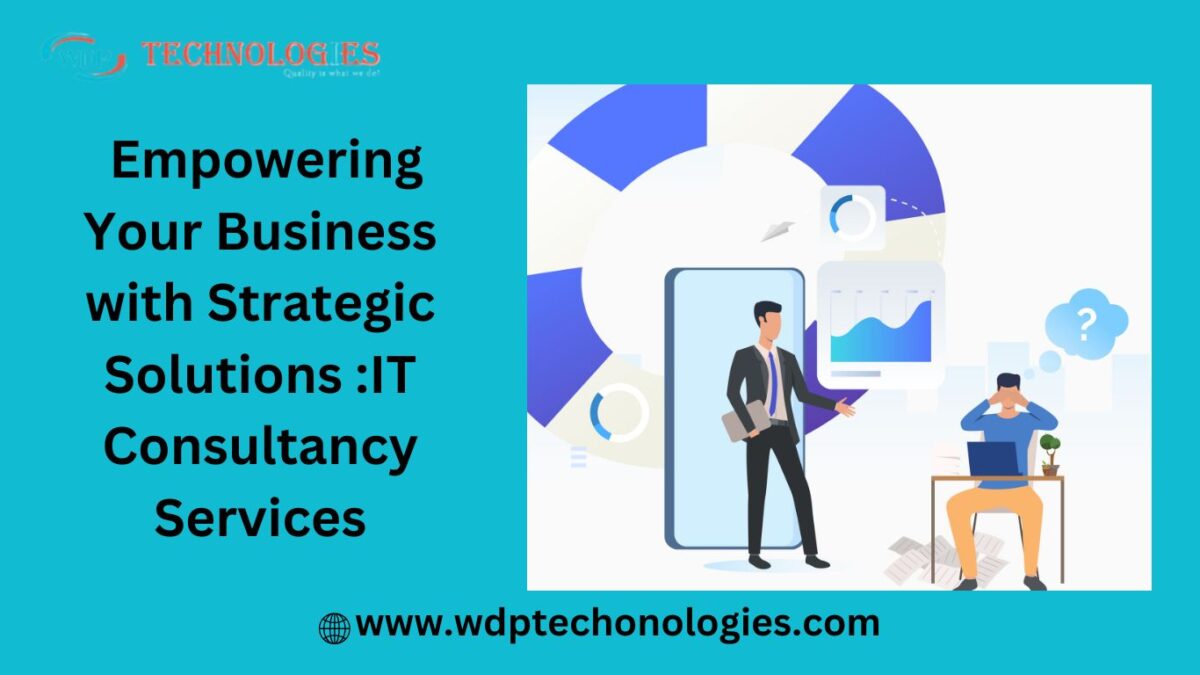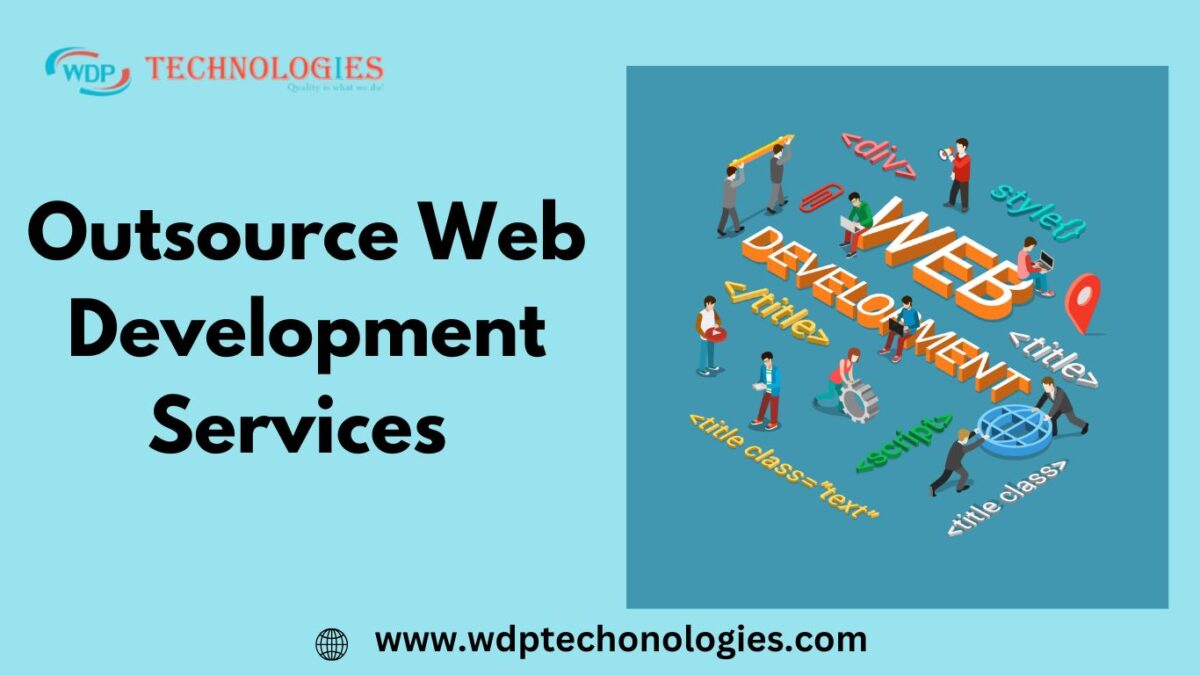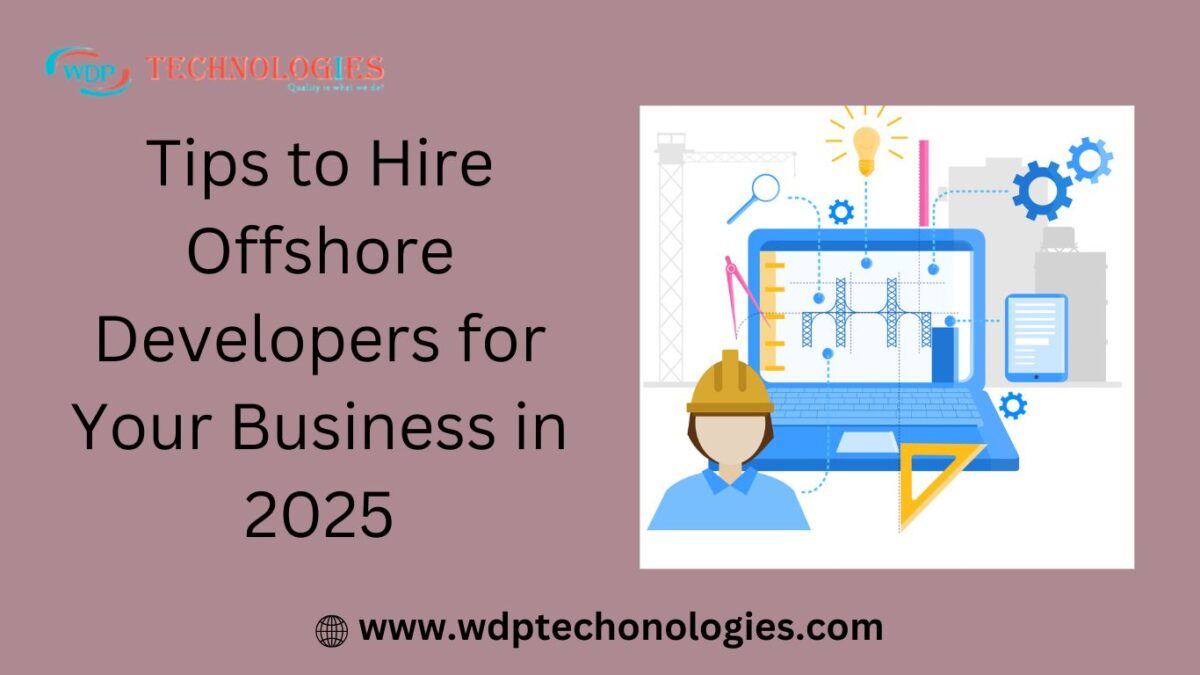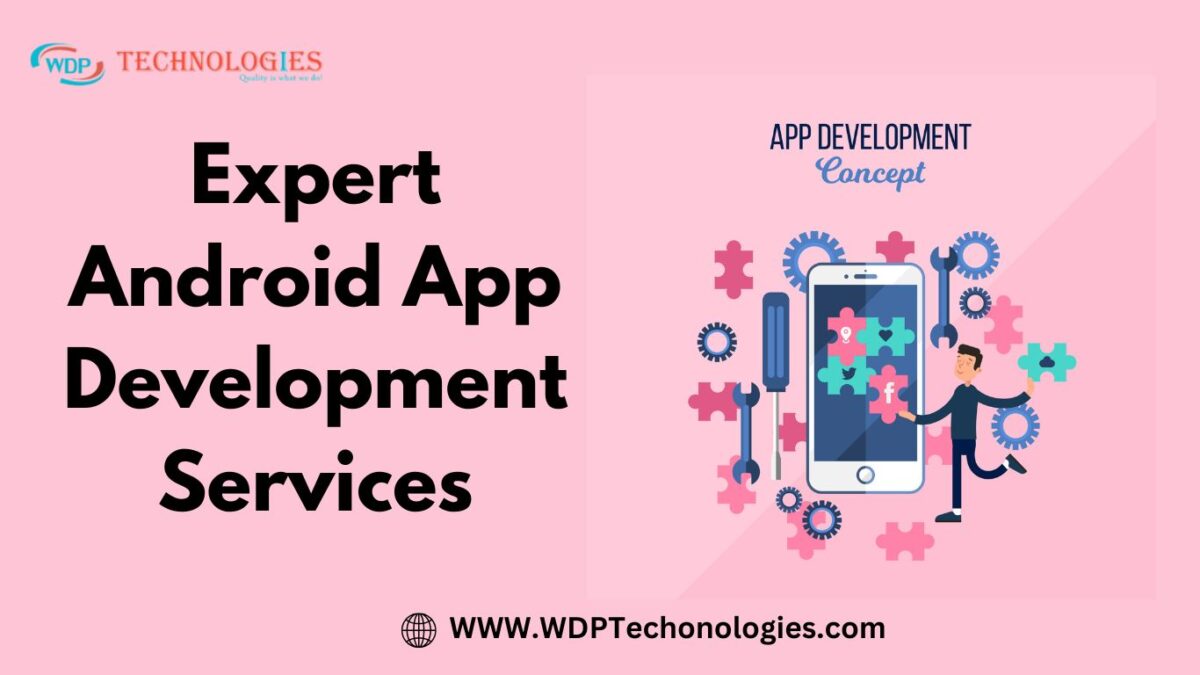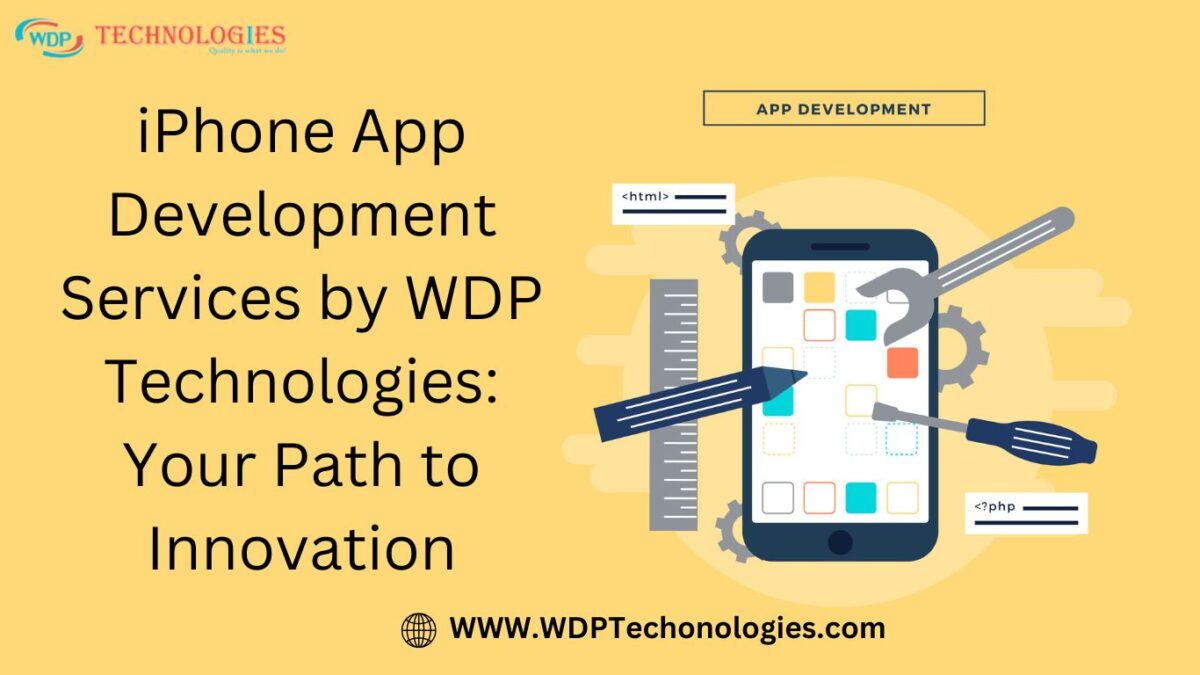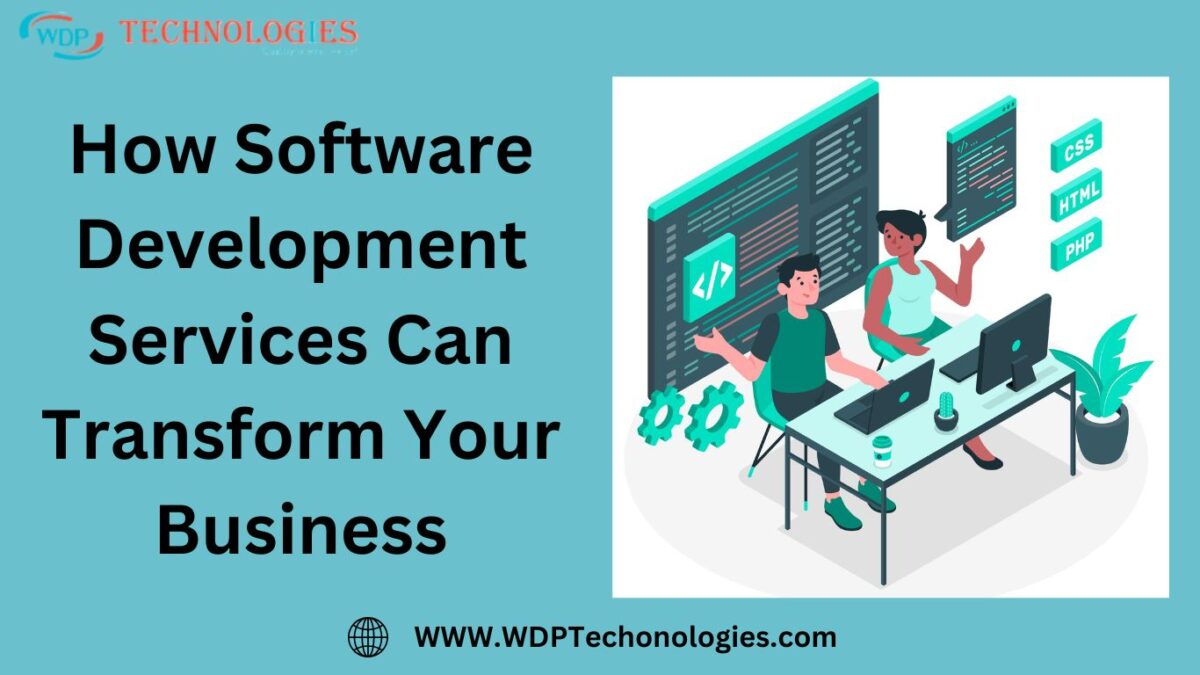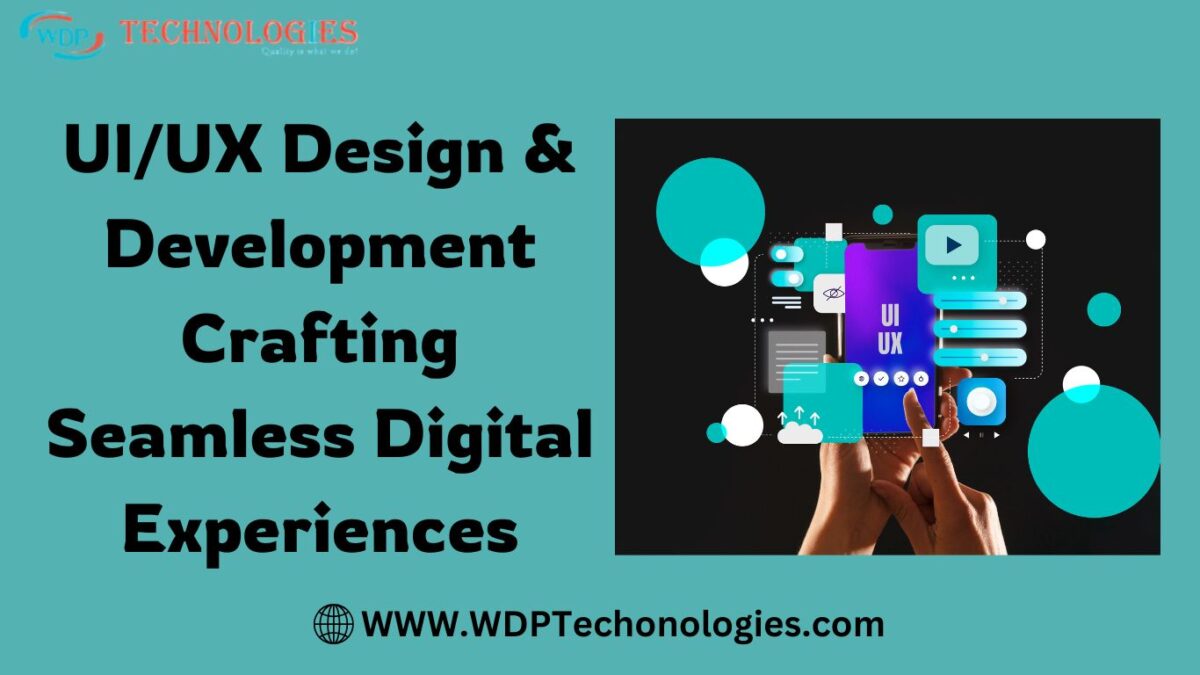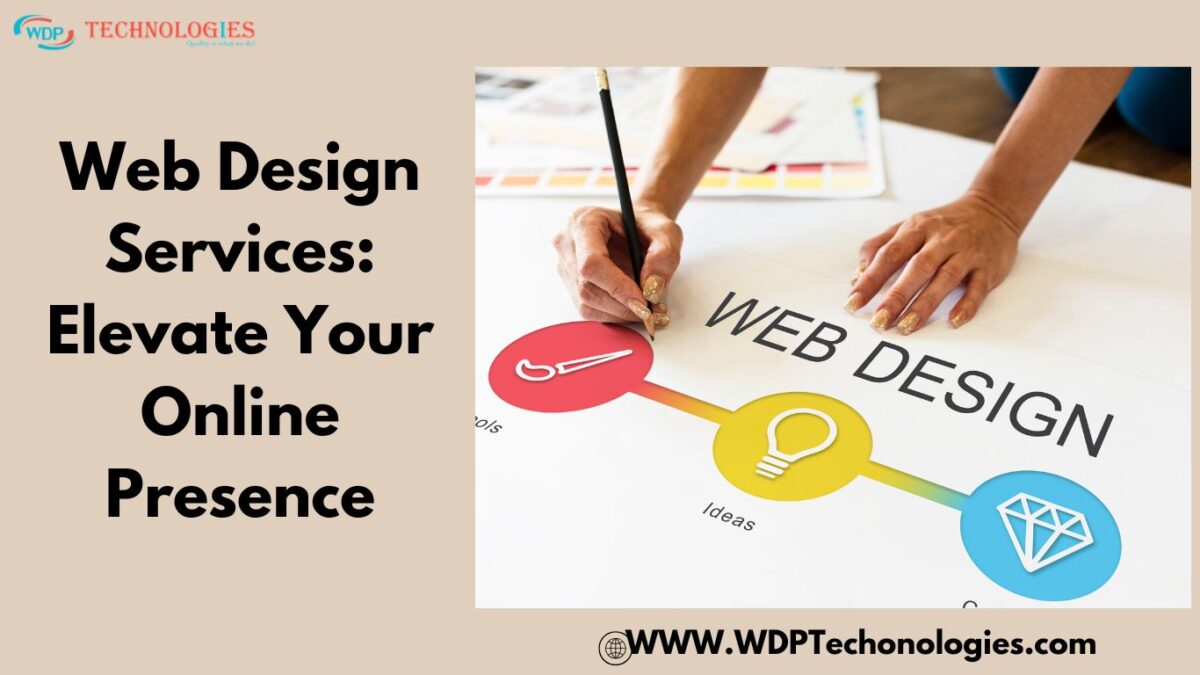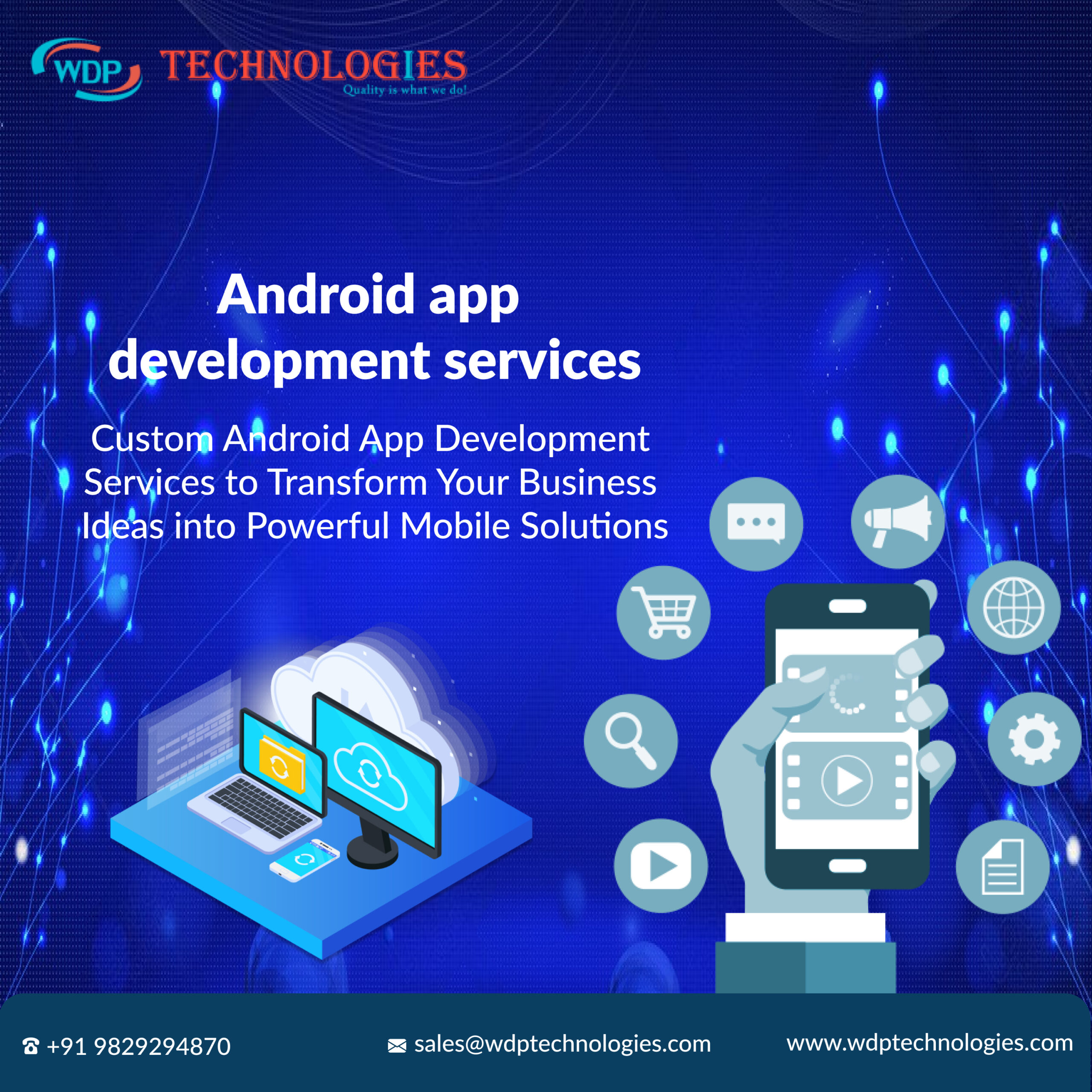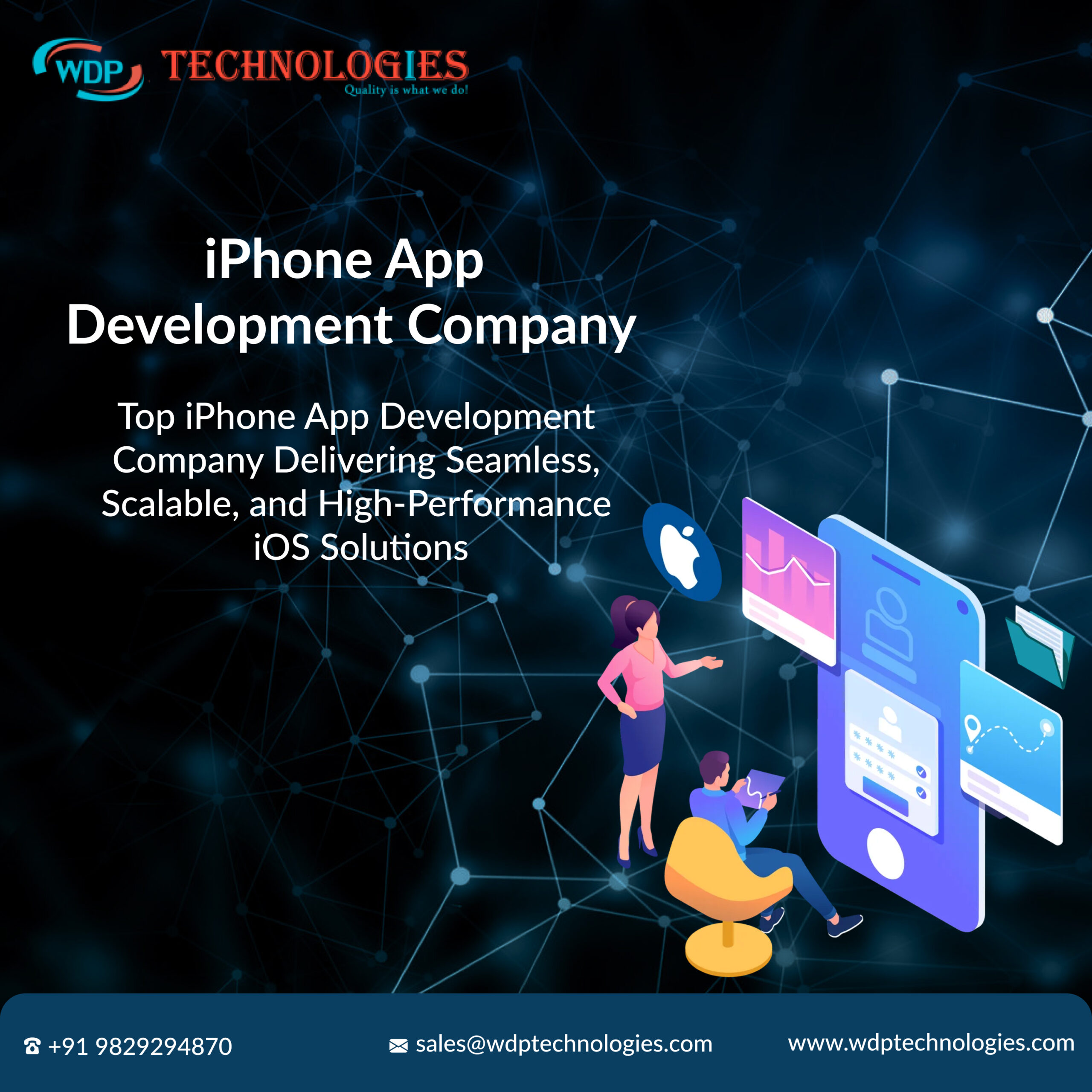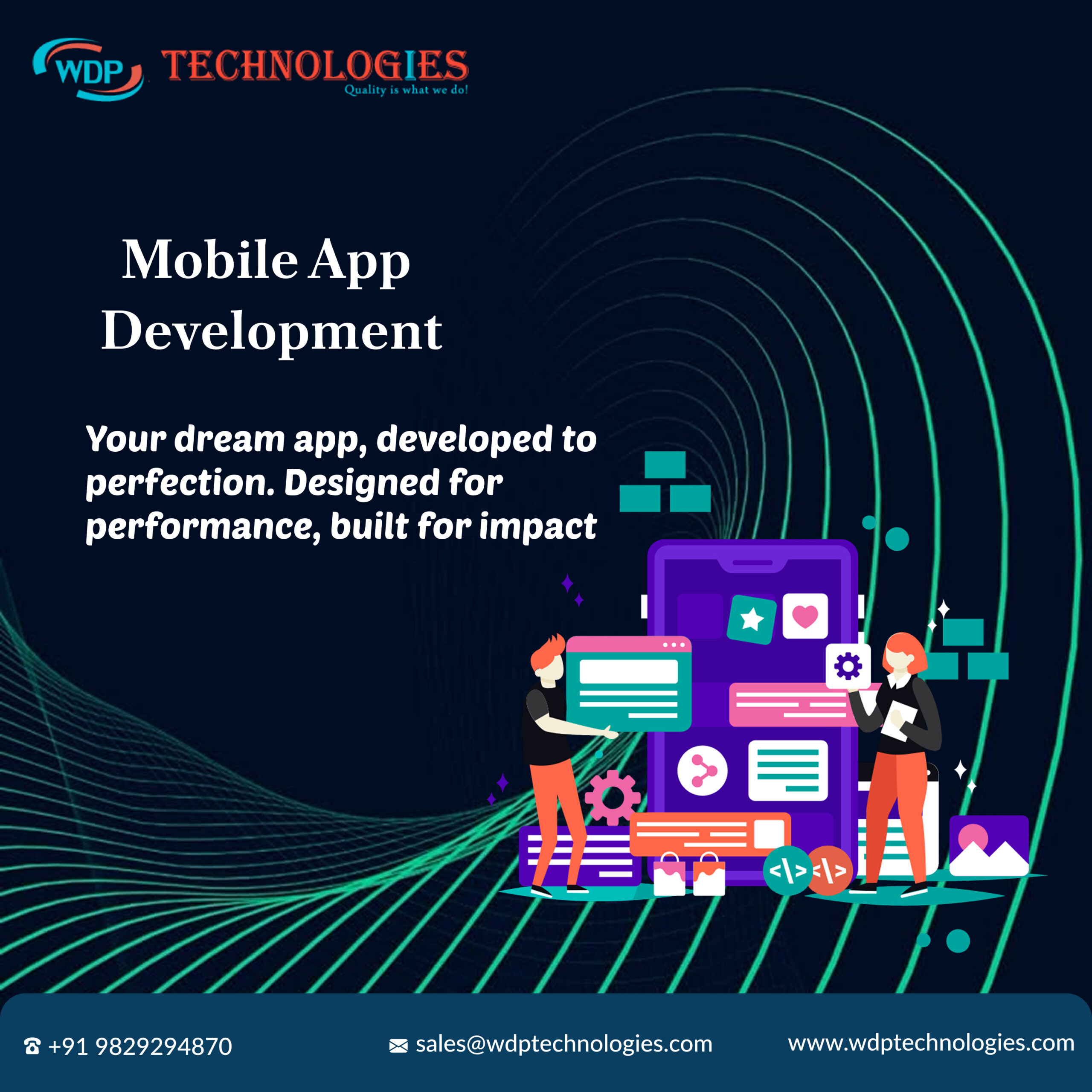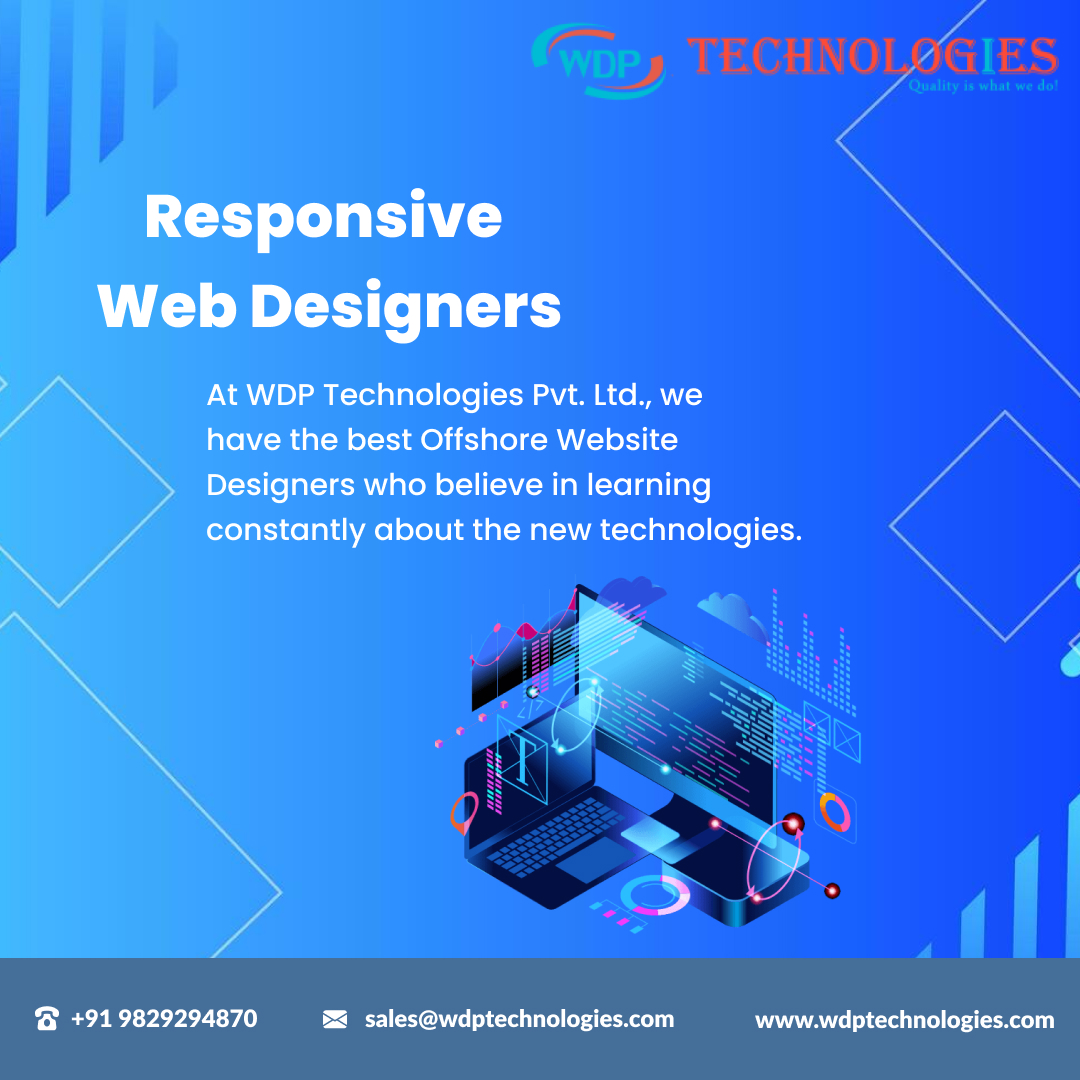Introduction
In the rapidly evolving world of web development, companies are looking for solutions that are efficient, robust, and scalable. Laravel, a PHP framework, stands out for its features, functionality, and modern approach to developing dynamic websites and applications. When it comes to choosing the best Laravel development company, WDP Technologies has emerged as the top contender. Here’s why companies around the world rely on WDP Technologies for Laravel development.
1. Laravel Development Skills:
WDP Technologies boasts a highly experienced team of Laravel professionals with years of experience in delivering custom solutions. Whether you’re looking for a complex enterprise application or a simple website, the WDP team is ready to tackle projects of all sizes and complexities. Their deep knowledge of Laravel allows them to leverage features like Eloquent ORM, the Blade templating engine, and Laravel’s powerful routing and security features, ensuring that your application not only performs smoothly but also security
2. Custom solutions tailored to your business:
One of the unique attributes of WDP Technologies is its ability to provide custom Laravel solutions. They understand that every job is unique and has unique needs. Whether you’re building an eCommerce platform, a content management system (CMS), or a custom web application, the Laravel experts at WDP can tailor a solution to your specific needs, ensuring a tailored approach for each project
3. Agile Development Framework:
At WDP Technologies, the focus is on delivering services on time and within budget. They implement an agile development process that ensures flexibility and responsiveness to changes in the project life cycle. Through regular updates, sprints, and iterations, WDP engages customers and ensures that the project runs according to their specifications, ultimately resulting in greater satisfaction and fewer surprises.
5. Full Cycle Laravel Development Center:
From initial consulting and design through development, testing, deployment, and maintenance, WDP Technologies offers a full range of Laravel development services that accompany you every step of the way, ensuring a smooth and efficient implementation. Their team is also experienced in integrating third-party services, APIs, and databases to further enhance the functionality of your Laravel application.
6. Proven record of success:
WDP Technologies has a strong track record of successful Laravel projects in a variety of industries, including e-commerce, healthcare, education, etc. Their high-level, practical, and easy-to-use capabilities have earned a strong reputation in the Laravel development community. Customer testimonials and case studies underscore WDP’s commitment to excellence and customer satisfaction.
7. Timely Support and Maintenance:
The development process doesn’t end with deployment. WDP Technologies provides comprehensive support and maintenance services to ensure that your application runs smoothly after launch. Their team is always there to solve problems, update regularly, and implement new features as needed. This long-term support ensures that your Laravel application remains secure, up-to-date, and efficient.
Why choose WDP Technologies for Laravel development?
Experienced Laravel developers with a focus on quality and efficiency.
Customized, scalable solutions designed specifically for your needs.
Agile development methodology for on-time delivery and not budget-friendly.
End-to-end Laravel services, including maintenance and support.
Proven track record of successful Laravel projects in various industries.
conclusion
Choosing the right Laravel development company can make all the difference in the success of your project. With WDP Technologies, you can be assured of high-quality Laravel development services, custom solutions, and ongoing support. If you want to build powerful, scalable, and secure web applications, WDP Technologies is the ideal partner to help bring your vision to life.

